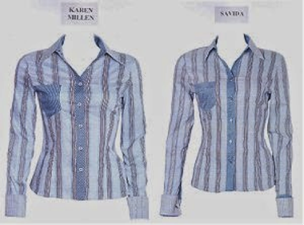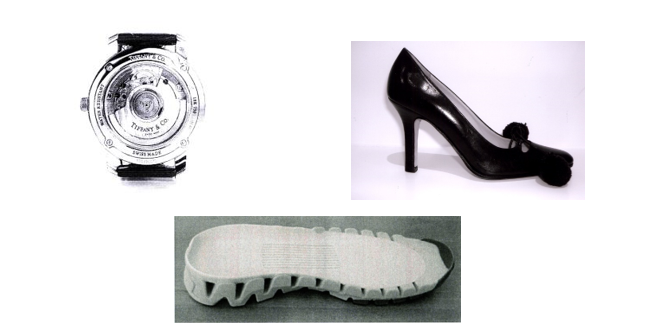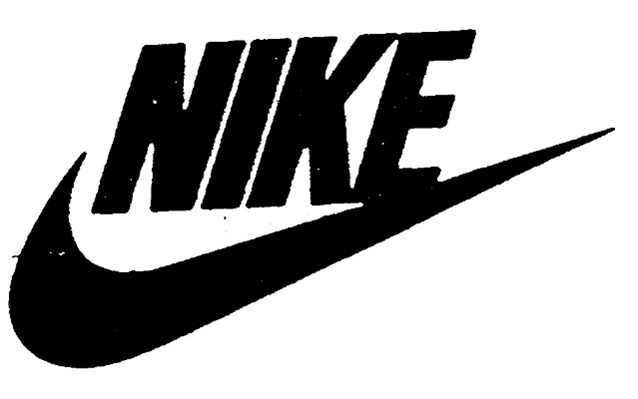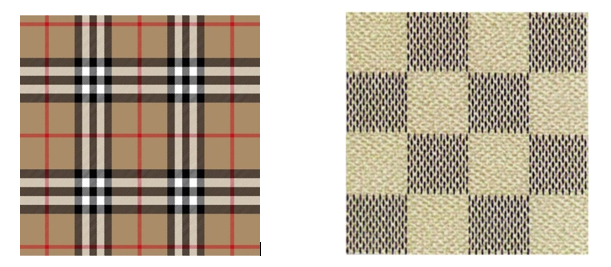
Fashion represents a varied and complex industry. Undoubtedly, the fashion industry is a significant part of the creative economy. Its performance has knock on impacts on the growth of other industries such as manufacturing. Intellectual property rights are one of the pillars for the proper functioning of that industry, particularly due to ongoing issues with counterfeits and ‘knock offs’ of high-end fashion items. Our Intellectual Property team considers the role of intellectual property rights in the fashion industry, and how these rights can be obtained and utilised by brand owners.
Designs
Designs are used to protect the appearance of a product or key parts of it. They are ordinarily the result of a combination of features including:
- Lines
- Shapes
- Colours
- Texture
- Contours, and
- Material
They are of significant importance in the fashion industry as they can be used to protect a products shape, configuration, pattern or ornamentation. To qualify as a registered community design (RCD) in the EU, the design must be novel and have original character. An RCD grants protection in the EU for a maximum of 25 years and can be renewed at 5 year intervals. Conversely, an unregistered community design (UCD) grants protection for a period of 3 years and does not require any steps to be taken to register the design but will only protect against proven copying.
In the case of Karen Millen Fashions Ltd v Dunnes Stores (Limerick) Ltd, it was held that there is no burden on the rights holder to produce proof of the individual character of a design to show an entitlement to UCD protection, provided that the holder proves when the design was first made available to the public and indicates the elements of the design which give it individual character. Therefore, it is a relatively easy right to assert.

Designs play a central role in the fashion industry in preventing copycat third parties from copying a product’s design during a limited period. By way of example, Reebok and Jimmy Choo have both registered the designs of their shoes in the EU, and Tiffany & Co has registered the design of their watch, as depicted below.

Of course, one has to be careful not to disclose a design too early before applying for registration. As we previously reported, one of Puma’s footwear designs was held invalid as Rihanna had posted pictures of her wearing them on her social media.
Trade Marks
A trade mark is a sign which is capable of distinguishing the goods or services of one undertaking from those of other undertakings. In short, a trade mark serves as an indication of origin. Trade marks may consist of:
- Words
- Designs
- Letters
- Numerals
- Colours
- The shape of goods or of the packaging of goods, or
- Sounds
Trade marks can either be registered or in certain circumstances unregistered trade marks can be protected under the law of passing off. Passing off could potentially arise in the fashion context when the goodwill in an unregistered trade mark, which could potentially include the "get up" of a piece of clothing, is misappropriated through imitation and there is a misrepresentation to consumers that the clothing is the same brand or from the same company. We have also seen passing off asserted by celebrities such as Rihanna where her image was used by Topshop on certain clothing without her permission. She was successful in a passing off action where the fashion brand misrepresenting an association with the singer.
Certain players in the fashion industry have had great success in registering their key names, logos and slogans as trade marks. For example, Nike has successfully registered the following logo as a EU trade mark (EUTM), as well as the word mark NIKE and the slogan JUST DO IT as EUTMs.

Similarly, our recent article reported a UKIPO decision which held that there is no likelihood of consumer confusion regarding the below competing 3D mark and 2D logo for GR even when those marks are used on the same fashion and clothing goods.

That being said, a number of brand owners in the fashion industry have faced difficulties when seeking trade mark protection for their iconic patterns and sequences. By way of example, in another of our recent articles, we reviewed how Burberry and Louis Vuitton failed to protect their iconic patterns below as EUTMs.

On the other hand, other fashion brands have had more success from a trade mark perspective. Diesel SPA, as we recently reported, was involved in Irish High Court proceedings in which they successfully restrained a third party from the unlawful and dishonest use of the DIESEL mark which had been ongoing for 30 years.
Copyright
Copyright is the exclusive legal right to produce, reproduce, publish or perform an original or artistic work. To qualify for copyright protection, the following two conditions must be fulfilled:
- The work must constitute the author’s own intellectual creation
- The work must be an expression of the original creation, in the sense that the object can be accurately and objectively identified
In the world of fashion, copyright will protect graphic images, original prints and photographs featured on textiles and clothing. In addition, copyright will protect other aspects of a brand owners business including website content, client lists, promotional materials, sketchbooks and brochures.
An example of a copyright dispute in the fashion industry is the CJEU decision in 2019 in Cofemel v G-Star Raw. In that case, G-Star accused Cofemel of copying its designs related to jeans, sweatshirts and t-shirts products. G-Star claimed that its models constituted original intellectual creations qualified as “works” and which were protected under Portuguese copyright law. Cofemel argued however, that these models could not be qualified as “works” and, hence, were not capable of copyright protection. In deciding the case, the CJEU held that provided the requirements at (1) and (2) above are fulfilled, copyright protection arises simply upon fulfilment of that originality requirement. This opened the door at an EU law level for clothing to be protected as a copyright work.
Patents
It is quite common for patents to be granted for various new innovations within the fashion industry. For example, patents have been granted for the invention of technical fabrics, fabrics made from renewable sources or in renewable ways, as well as the process by which certain fabrics are woven. Other patented innovations in the industry include embedded connectivity, smart textiles or even fabric with embedded on-demand illumination. The sports company Speedo, by way of further example, successfully created and patented a fabric named “Fast Skin.” The fabric reduces resistance and increases the glide in water, which enables swimmers to reduce their time by several seconds, and to therefore be more competitive. Patent protection is a valuable asset as it grants exclusive rights to an invention for a certain period of normally 20 years from the date on which protection is sought.
Trade secrets
A trade secret is confidential business information which is used to give a business a competitive advantage. The preservation of the confidentiality of the trade secret is instrumental to retaining that competitive advantage. A trade secret can also be described as ‘proprietary information’ or ‘proprietary know-how.’ In the fashion industry, the following items could all be protected as trade secrets:
- Methods used in product manufacturing
- Supplier/client lists
- Software tools for product design or business models
- Logistics management, or
- Pricing strategies
Comment
Intellectual property rights clearly play a key role in this ever-growing and highly innovative industry. It should be borne in mind that they are not only relevant to industry leaders like Dior, Valentino or Gucci, but it is equally essential for SME’s not only to protect their intellectual property, but also to begin building the reputation and recognition of their brands. This is not only achieved by filing trade mark applications for key product names or company logos, but often a combination of all of the assets listed above can apply to the same product or asset. For example, a clothing company could file trade mark applications for its name and logo, patent applications for its unique, innovative fabrics, and design applications for its unique product appearance. At the same time, copyright protection could apply to its graphics and content appearing online, and trade secret protection could apply to its manufacturing processes.
For more information and expert legal advice on how best to protect your intellectual property rights, please contact a member of our award-winning Intellectual Property team.
The content of this article is provided for information purposes only and does not constitute legal or other advice.
Share this:






